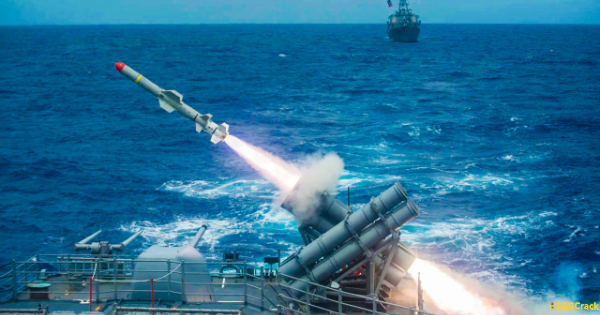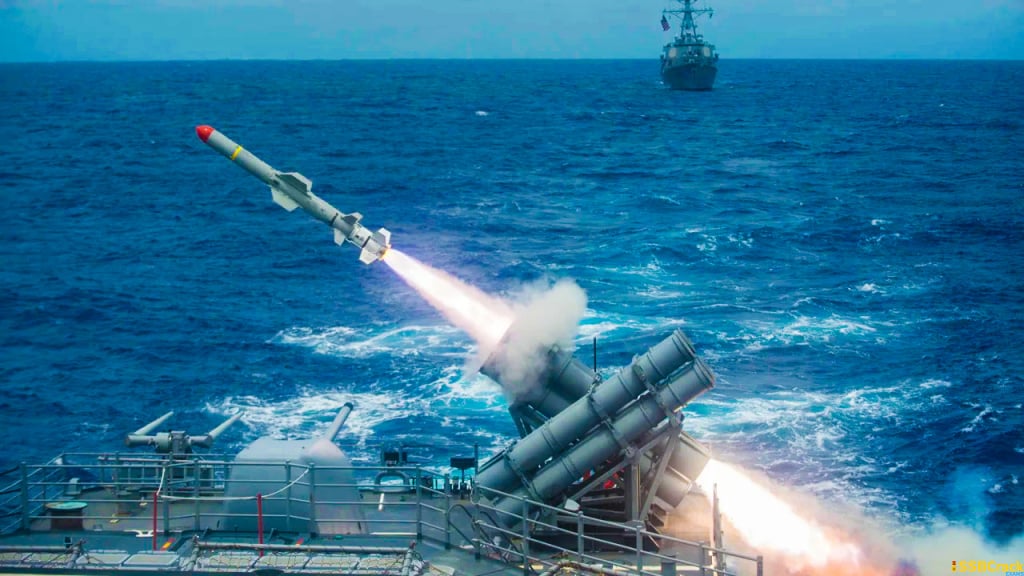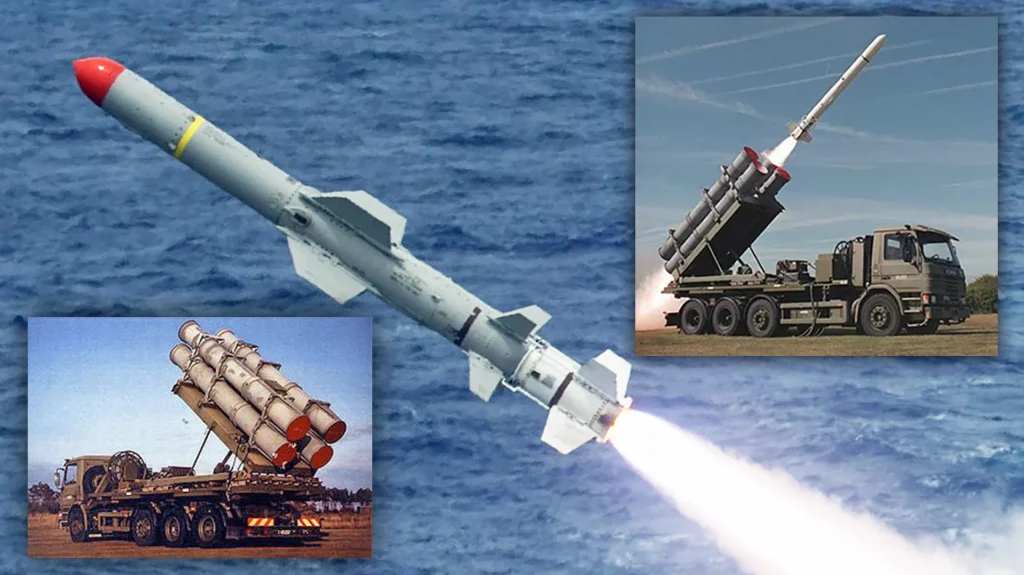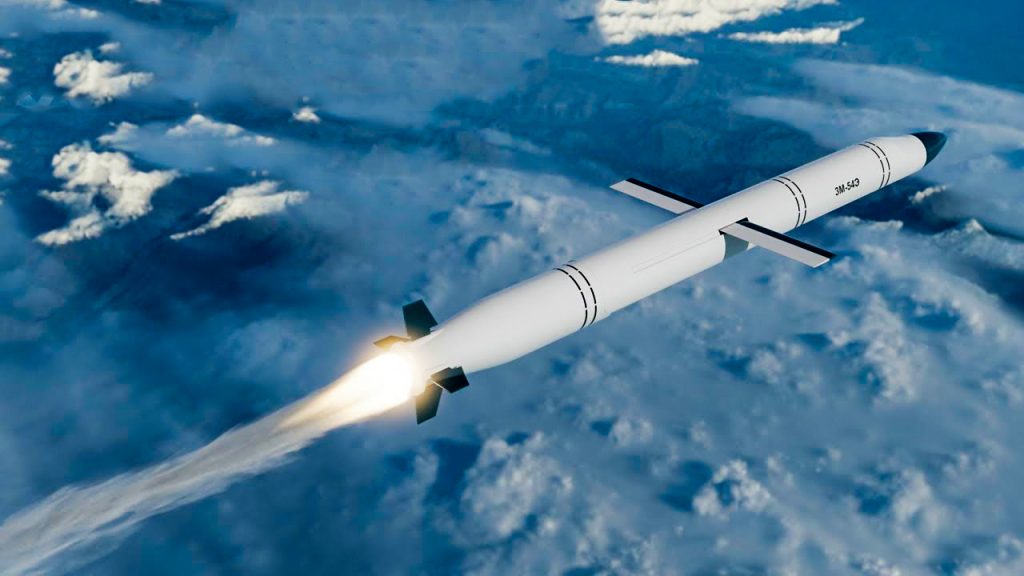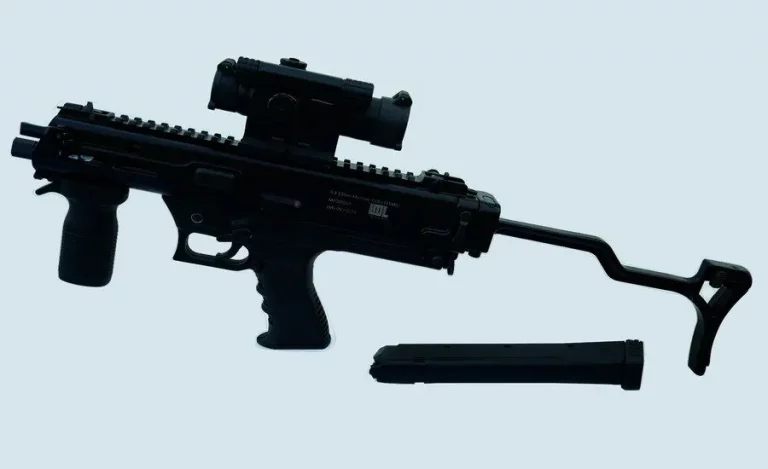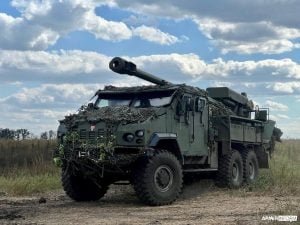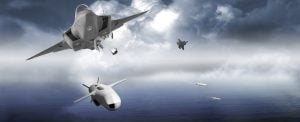India plans to buy missile systems from Russia and the United States for roughly $200 million. Accordingly, more than 20 Klub anti-ship cruise missiles (the export name for the Kalibr-K system) will be purchased from Russia, while Harpoon anti-ship missile system equipment will be purchased from the United States. The sale of the Harpoon Joint Common Test Set (JCTS) and accompanying equipment to India was previously approved by the US Congress.
Side-by-Side Comparison of Harpoon and Kalibr Missiles
- Mass: The Harpoon missile weighs 1,523 lb (691 kg) with the booster, whereas the Kalibr missile’s weight varies depending on the type, ranging from 1,300 kg to 2,300 kg.
- Length: The Harpoon missile is 12.6 feet (3.8 meters) long when launched from the air and 15 feet (4.6 meters) long when launched from the surface or submarine. The Kalibr missile’s length varies depending on the variation, ranging from 6.2 m to 8.9 m.
- Diameter: The Harpoon missile has a diameter of 13.5 in (34 cm), while the Kalibr missile has a diameter of 0.533 m.
- Warhead: The Harpoon missile’s warhead weighs 488 pounds (221 kg), whereas the Kalibr missile’s warhead varies depending on the type, weighing 400-500 kg HE or thermonuclear.
- Engine: The Harpoon missile is powered by a Teledyne CAE J402 turbojet/solid propellant booster that provides over 600 lbs (2,700 N) of thrust for surface and submarine launch. The Kalibr missile is powered by a multistage solid-fuel rocket engine, a turbojet engine in certain models, and a solid-fuel rocket engine in others.
Also read: Why India Needs More Subsonic Cruise Missiles?
- Operational Range: The Harpoon missile has an operational range of 75 nautical miles (139 kilometers) when launched from a ship (Block I & Block IC) and 120 nautical miles (220 kilometers) when launched from an aircraft (Block IC). The operational range of the Kalibr missile varies depending on the type, ranging from 50 km to 4,500 km.
- Maximum Speed: The maximum speed of the Harpoon missile is 537 mph (864 km/h; 240 m/s; Mach 0.71) for the Block I and air-launched Block IC, and over 537 mph (864 km/h; 240 m/s; Mach 0.71) for the Block IC and Block II. The Kalibr missile can travel at speeds ranging from 0.8 to 3.0 Mach.
- Guidance System: A sea-skimming cruise is used to guide the Harpoon missile, which is monitored by a radar altimeter and active radar terminal homing. The Kalibr missile is directed by satellites (claimed) and DSMAC, as well as inertial guidance and terminal active radar homing.
- Launch Platform: Harpoon missiles can be launched from RGM-84A surface ships or TELs, as well as AGM-84A aircraft. The Kalibr missile is capable of being launched from naval ships, submarines, containers, planes, and TELs.
To crack the SSB Interview, You can join our SSB interview live classes batch and we recommend you to Enroll SSB INTERVIEW ONLINE COURSE. Trusted by thousands of defence aspirants.
Also read:
- India Moving Towards Conventional Warhead Missile Deterrent
- HAL To Test ASRAAM Missiles From Tejas Fighter Jets
- Significance Of Hellfire Missiles For Indian Navy
- Indian Navy To Get Hellfire Missile As Part Of $300 Million Deal
- Major Boost To Missile Arsenal: India-Russia To Build BrahMos-II Hypersonic Missile
- Is Brahmos Missile Enough For India?
- About Agni Prime- Nuclear-Capable Missile
- Major Difference Between Brahmos V/S S400?
- What Is A Missile Propulsion System And How Does It Work?
- Top 10 Anti-Aircraft Missile Systems In The World
- All About IAF SPYDER Surface-To-Air Missile
- Difference Between Ballistic Missile Vs Cruise Missile?
- Unfolding The Relevance Of AGNI Series Missiles From AGNI I To AGNI VI [Fully Explained]
